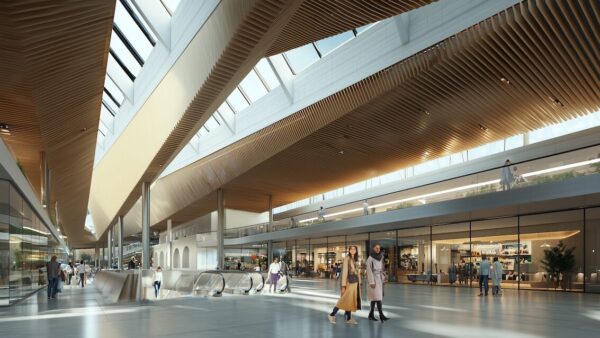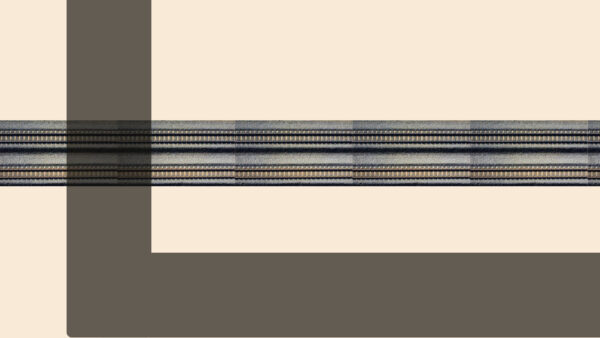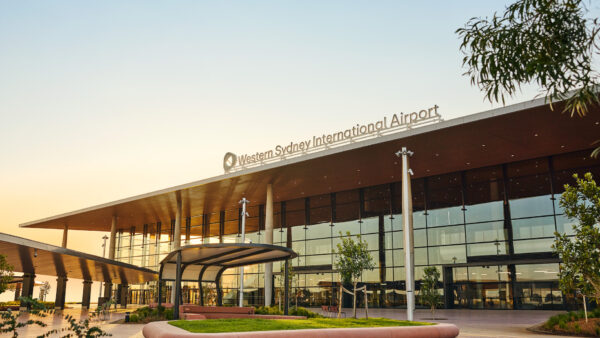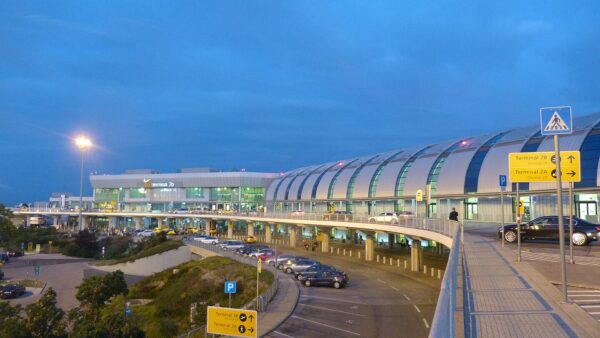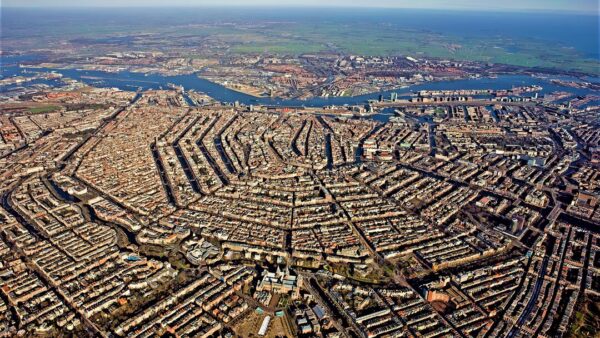The universities of Bath and Exeter are to investigate the impact of vibrations from tall buildings and wobbly bridges and floors on health and well-being in a £7.2m ($8m) research facility partially funded by the government.
Simulators will be built that recreate the experience of working in a high-rise office block, walking across a bridges or dancing in a crowded stadium.
Researchers note that “despite looking rigid in appearance, tall buildings can flex in response to external forces, and strong winds can make them vibrate or sway at low frequencies, sometimes with bursts of motion at random intervals”.
Studies have already indicated that very subtle building motion can be perceived by some occupants, sometimes inducing motion sickness and causing fear.
Humans spend 90% of their lives in buildings which vibrate non-stop, but there is still very little reliable information about the effect of structural vibration– Alex Pavic, University of Exeter
Simulators aim to help the research team understand how this could affect the wellbeing of some people, their work performance, or behaviour.
Vibrations will be recreated using virtual-reality simulators, where multidisciplinary teams of engineers, medics, physiologists and psychologists from the universities will explore how participants can experience “different forms of motion sickness such as tiredness, low mood, and difficulty concentrating, as well as a lack of motivation if they are working in a building that sways slightly in the wind”.
The “VSimulators” will not only recreate the structural motion people experience, but the surroundings, temperature, humidity, noise, air quality and even smells of buildings.
Testing facilities will be located in both Bath and Exeter, with researchers measuring not only the effect of vibrations from very tall buildings, but their impact in offices, apartments, football stadiums and concert venues, including the “impact of vibrations caused by crowds simultaneously exiting a stadium and walking across wobbly bridges”.
Virtual reality and human body motion capture equipment will help the team to devise solutions to mitigate impact and help designers, planners, architects and engineers in the construction or refurbishment of buildings.
Over five years Bath and Exeter will inject £2.45m ($3m) into the project, with the Engineering and Physical Sciences Research Council (EPSRC) contributing a further £4.8m to create the vibration simulator in a brand new building at Exeter university, with a major laboratory refurbishment in Bath.
Alex Pavic, professor of vibration engineering at the University of Exeter, said the testing facility will “place humans at the centre of future structural building design in the same way they are currently placed when designing cars.” Â
“More and more people are living and working in high rises and office blocks but the true impact of vibrations on them is currently very poorly understood and can differ depending on whether an environment is quiet or noisy, the time of the day and even whether people are moving, standing, running or walking.
“Humans spend 90% of their lives in buildings which vibrate non-stop, but there is still very little reliable information about the effect of structural vibration.
“With over 400 tall buildings planned just for London between now and 2030, and many more in the rest of the UK and worldwide, VSimulators will potentially have major influence on the design of a future multi-£trillion worldwide portfolio of buildings.
“It will for the first time link structural motion, environmental conditions and human body motion, psychology and physiology in a fully controllable virtual environment.”
The facility will also help design rehabilitation programmes for people with problems with movement, including dementia sufferers.
Image: The Millennium Bridge, aka the Wobby Bridge, in London (Wikimedia Commons/Telemaque MySon)

